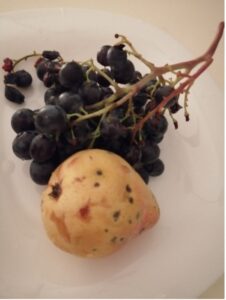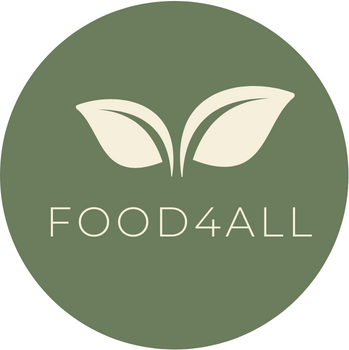On the following page we will present you a case study on the geographically linked food diet.
What would your plate look like throughout the year if you sourced all of your food from local producers?
Petar and Marija from Stip, North Macedonia wanted to explore how their diet would look like if they reduce it to the variety of foods offered within a 100 km range from their point. They enjoyed a variety of fresh vegetables and fruit including potatoes, tom
atoes, peppers, apples, peaches, apricots, cherries, lettuce, cabbage etc, but it immediately became clear which foods were not grown locally when Marija couldn’t find the rich and familiar flavors of bananas and oranges. These foods were missed during the challenge. But fruits and vegetables sourced locally were flavorful enough to curb any thoughts about bananas and tropical fruit. During the personal challenge to eat locally sourced food, Petar and Marija developed a new appreciation for food. Rather than learning about seasonal availability from a chart, they experienced food availability as it came and went and now remember when foods are typically available. It was a surprise for them to see that food availability changed even on a weekly basis throughout the spring and summer. Rather than being discouraged, they found pleasure in discovering what was new d
uring the season. They valued the flavor of in-season food, particularly local pears.

Photo 1: local pear and grapes from the Stip region
